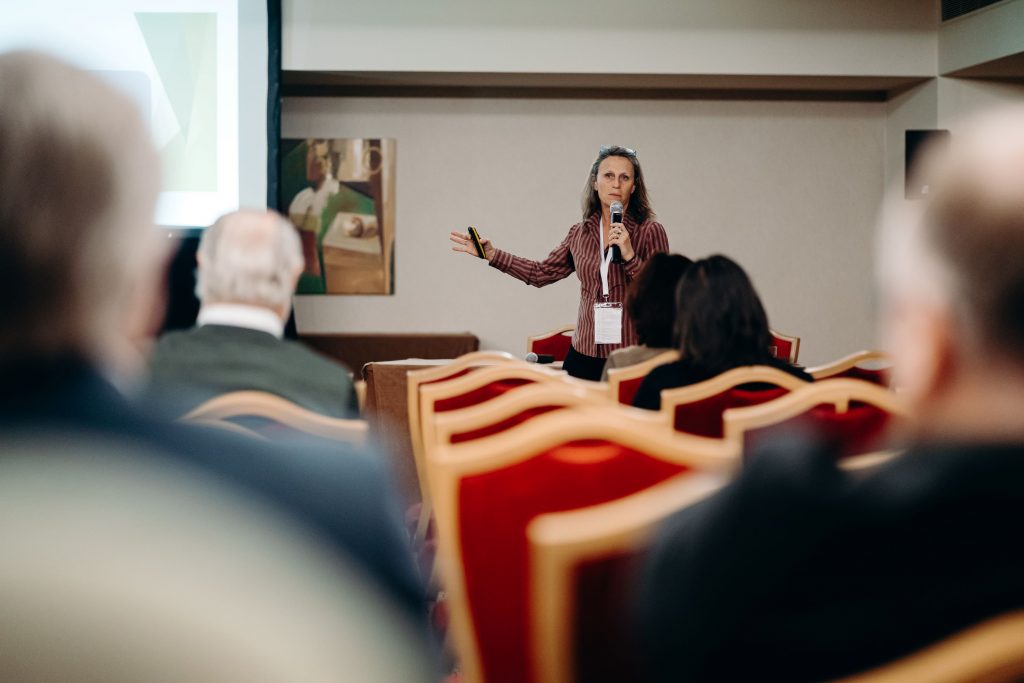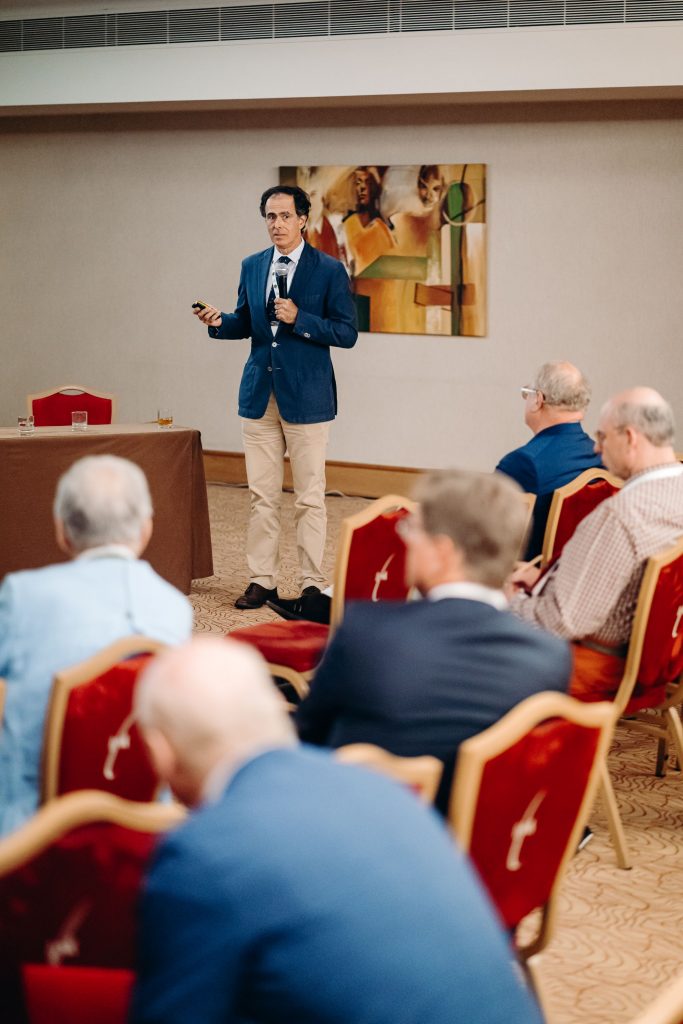The 70th General Assembly of the CIC opened on Friday 19 April 2024, in Cascais, Portugal, with some 350 delegates attending from across the globe.
Held under the theme “Bridges to Biodiversity,” the conference sought to explore the organisation’s role as a convener, uniting diverse stakeholders in support of the 2030 Global Biodiversity Framework (GBF) with the implementation of the 2030 Strategic Plan, which was adopted as part of proceedings.
Applied Science Division Session 2: Large Carnivore Management in Europe

Giving a keynote address in this session was Dr. Valeria Salvatori, General Secretary of the Istituto di Ecologia Applicata, who expanded on the support for the establishment of local stakeholder platforms on the coexistence between people and large carnivores. The session was moderated by Prof. Dr. Klaus Hackländer, President of the CIC Applied Science Division.
Opening by describing the distribution of large carnivores in Europe and their increased numbers over time, she then went on to discuss tackling the impact of large carnivores, noting that their management is usually very poor.
She underscored how a lot of money is spent on compensation rather than on prevention measures; in this regard Germany was mentioned as doing better than Italy in investing in preventive measures.
Over the past ten years, she stated that there has been a paradigm shift from purely technical approaches to ones that include other interest groups while avoiding a top-down approach. This shift has led to the establishment of a stakeholder platform, with space for dialogue.
She concluded that large carnivores are increasingly reported in human dominated landscapes and their presence needs managing. It was also noted that there is a need to manage people, to avoid them treating and feeding carnivores like pets, which requires communications efforts.
João Carvalho, Secretary General of the Portuguese Chapter of the European Landowners’ Organization, then went on to detail the recovery of the Iberian lynx population as one of the biggest conservation projects held in Portugal.

The role of landowners in conserving biodiversity and their critical importance in lynx recovery was highlighted; he explained the consultative strategy which eventually permitted all parties to come on board for the lynx to be released into the wild.
This was preceded by the lynx being bred in captivity, which came with an initial lack of trust from different stakeholders with communications playing a vital role in breaking down barriers.
The first 16 lynxes were received in 2009 and the first release into the wild happened in 2004. To date, the country now has over 300 monitored lynx in the wild, which is hailed as a great conservation success story, one dependent on the involvement of landowners who manage their properties in a way that provides optimal conditions for the lynx, including water sources and prey.
The project was tied to a communications campaign in Lisbon and Porto to inform the general public that wild lynxes were born and protected on hunting estates.
